When welcoming a new dog into the family, there are many different things to consider, such as their character and personality, especially if you have little ones in your home.
But one thing that people keep forgetting to look into is how badly a dog sheds.
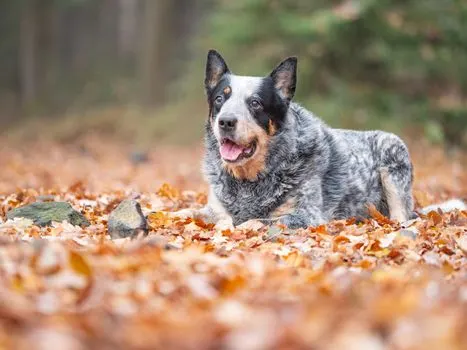 Blue Heelers shed twice a year. However, this depends on the temperature where they live.
Blue Heelers shed twice a year. However, this depends on the temperature where they live.
For instance, warmer climates will see a lot more shedding from this breed, whereas cooler climates may not see any significant shedding at all.
Regardless, there are some steps to take to minimize the amount of fur around your home.
In this article, we will talk about the shedding habits of Blue Heelers so that you can decide whether this is a good breed for you to adopt into your home.
Do Blue Heelers Shed?
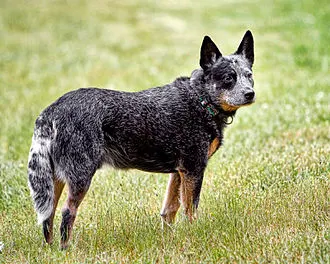 The Blue Heeler, often called the Australian Cattle Dog, has a double coat.
The Blue Heeler, often called the Australian Cattle Dog, has a double coat.
This implies they have a short guard coat, about one and a half inches long, that protects them from rubbing up against non-shedding objects.
The undercoat is the second coat. In colder weather, the undercoat’s purpose is to keep them warm. They shed this undercoat as the temperature warms up with the changing seasons, keeping them more relaxed.
They shed twice a year on average. This, however, varies depending on the temperature in which they live.
Whether they are indoor or outdoor dogs, if they are neutered in the event of a male, and the overall health of their coat. Some Australian Cattle Dogs even shed throughout the year.
A neutered male will often only shed once a year. After being in heat, an un-spayed female will generally shed.
This usually happens twice a year. Female dogs come into season less frequently as they get older.
The undercoat of the Blue Heeler can be extremely dense, and they shed a lot of fur. When a double-coated dog sheds heavily, the coat is said to be “blown.” This indicates that the coat is clumping.
How Do I Stop My Blue Heeler From Shedding?
You’ll never be able to entirely eliminate shedding in a Blue Heeler or any other double-coated dog. However, the amount of hair they leave around the house or on your clothes can be reduced.
These are some suggestions for reducing the amount of coat shed by your Australian Cattle dog.
Regularly Brush Your Blue Heeler
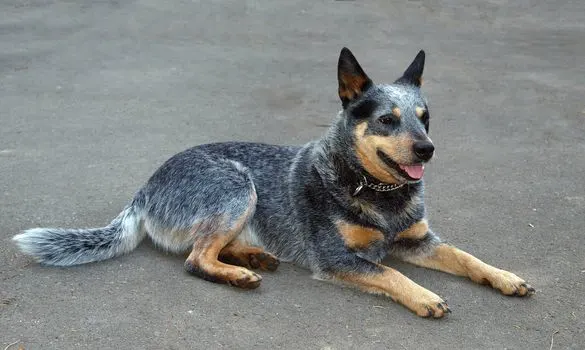 The main thing you can do to reduce shedding is regularly brushing your dog. Brushing helps to remove excess and lose fur. It also redistributes your dog’s skin oil into the fur, helping it to stay in place.
The main thing you can do to reduce shedding is regularly brushing your dog. Brushing helps to remove excess and lose fur. It also redistributes your dog’s skin oil into the fur, helping it to stay in place.
Ideally, it would be best to brush your Australian Cattle Dog daily when they are doing a heavy molt. For other times, twice a week will suffice.
Furninators, shedding blades, and undercoat rakes are just a few examples of de-shedding instruments. Here are the best brushes for a Blue Heeler.
When brushing your dog, be careful not to press too hard or do too much at once. Brush burns can occur on your dog’s skin. In the same place, I propose no more than ten strokes.
After cleaning your dog’s hair, use a nice stainless steel 50/50 comb or de-matting comb to remove any lingering dead undercoat the brush may have missed.
Bathe Your Blue Heeler On A Regular Basis
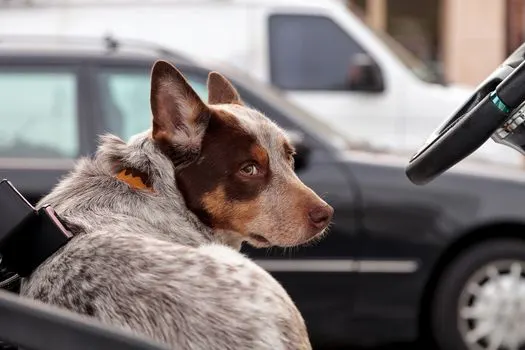 Bathing regularly will also aid in the removal of the dead undercoat. For more information on how to bathe a dog, see How to Bathe a Dog.
Bathing regularly will also aid in the removal of the dead undercoat. For more information on how to bathe a dog, see How to Bathe a Dog.
Because you don’t want to dry up your dog’s skin or remove the natural oils in his coat, I recommend using a soap-free shampoo.
Most of the fur will end up in the bath rather than on your furnishings. Dry your dog with a forceful but gentle rubbing motion, which will also aid in removing dead fur.
Finally, use a low heat setting to blow dry your dog.
Once your dog is dry, give him a nice brush. A clean coat is simpler to brush than one that is soiled.
Use a grooming service if you don’t have the time, energy, or facilities to bathe and brush your dog regularly.
Also, keep your dog’s flea medication up to date, as persistent scratching will cause the coat to fall off.
Provide A Nutritious Diet
The third thing you can do to keep your dog’s hair healthy and reduce shedding is to provide them with a high-quality diet.
These may be more expensive in the short term, but they will benefit your dog’s overall health and save you money on vet costs in the long run.
Diet-related shedding is more common in dogs with dietary allergies or sensitivities. You may have to try a few different foods before locating the one suitable for your dog.
You can also include salmon oil, olive oil, or flaxseed oil in your dog’s diet. A reasonable starting point is one teaspoon (5 mL) per ten pounds (4.5 kg) of body weight.
Omega-3 fatty acids in these oils assist in soothing inflamed skin, reducing dandruff, and improving overall coat texture.
You can supplement your dog’s omega-3 fatty acid intake by feeding it salmon, tuna, or other omega-3-rich fish. Finally, make sure your dog has fresh water available at all times.
Dehydration can create dry skin, resulting in a lot of shedding and even sickness. Ensure that your dog has access to as much clean, fresh water as it desires at all times.
Which Brush Should You Use For A Blue Heeler?
If you have the correct equipment for the work, it will be much easier, and you can accomplish a much better job.
A variety of brushes, similar to how a carpenter will not only use a hammer, will be far more effective.
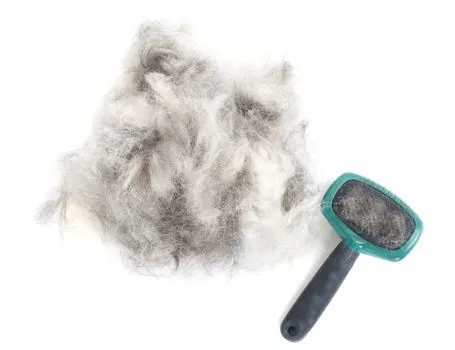 We recommend using a good quality slicker brush, a steel comb, and any form of de-shedding tool while brushing and de-shedding your Blue Heeler.
We recommend using a good quality slicker brush, a steel comb, and any form of de-shedding tool while brushing and de-shedding your Blue Heeler.
The best brush for brushing an Australian Cattle Dog is one of the following options.
Brush Slicker
The slicker brush is a pin brush that is mainly used for dressing. This gives the coat a gloss and helps to release tangles and break up the coat so that the other instruments can finish the job.
Comb
A decent comb is a must-have for anyone grooming a dog. After using the slicker brush to remove any tangles, use the de-matting comb to remove any remaining tangles.
Comb through the area again, first with the bigger teeth and then with the finer teeth.
The coat is not adequately brushed out if you can’t slide the finer teeth of the comb through it without resistance. Rep the procedure until you’ve mastered it.
There are a variety of steel combs available, including those with a handle that some individuals like to use.
Can You Shave A Blue Heeler?
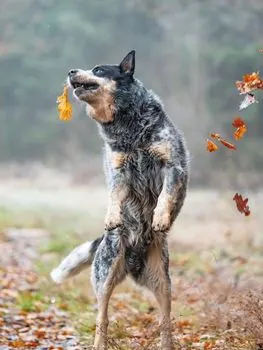 Many people wonder if their Australian Cattle Dog should be shaved to reduce shedding. I strongly advise against shaving a Blue Heeler.
Many people wonder if their Australian Cattle Dog should be shaved to reduce shedding. I strongly advise against shaving a Blue Heeler.
As the coat thickens and produces more undercoat, this may result in more shedding. When a double-coated dog is shaved, the guard coat is permanently damaged and frequently grows back thicker and uneven.
Some individuals believe that clipping or shaving a double-coated dog will keep the dog cooler. In reality, this is not the case. This interferes with the coat’s natural function.
Related Questions
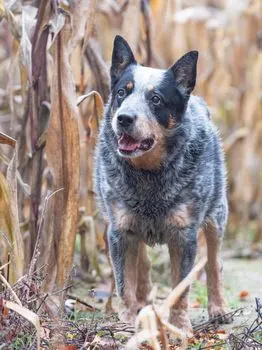 Is a blue heeler a good house dog?
Is a blue heeler a good house dog?
Blue Heelers are very loyal dogs which makes them great family dogs. However, they’re best placed on a farm or a home with animals that need to be herd, as this is what their breed is best for.
They are good with children and will also guard the family. Plus, they have bounds of energy, so they’re great to play fetch with and will need a fenced yard to run freely.
Are Blue Heelers aggressive?
Blue Heelers have a bad reputation for being aggressive and biting people. They usually allow the person to enter the house but will not let them out.
It’s essential to work closely with the dog to keep them from becoming aggressive in the first place. The reason they are called a Blue Heeler is because they are blue, and they are known to attack people’s heels.
Do Blue Heelers have an attitude?
Your Blue Heeler has a strong guard dog instinct which is why people mistake them for being aggressive. They form a tight bond with their people and want to protect them.
They are suspicious of strangers, but as long as you help your dog become familiar with others, there should be no problem.
Heather is an animal lover that has many of them herself. She currently has her Blue Nose Staffy named Bootsie, but she’s catered to many animals over the years including guinea pigs, alpacas, cockatiels, cockatoos, bunnies, chinchillas, hedgehogs, and more. She believes that knowledge should be the foundation of caring for any pet.
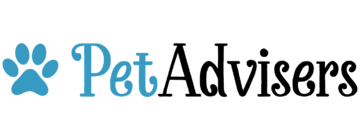
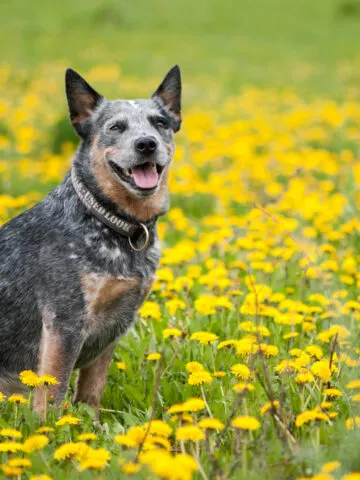

Leave a comment
You must be logged in to post a comment.